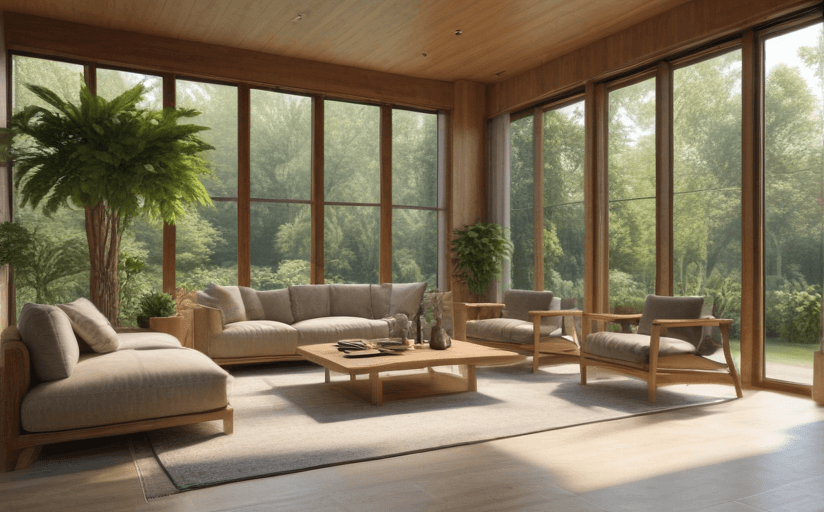Biophilic Design and its Impact on Mental Well-being in Modern Lifestyles
Biophilic design is an innovative approach to building and interior design that incorporates elements of nature. It seeks to create a harmonious connection between people and their physical surroundings, with the goal of enhancing emotional, psychological, and physiological states. As we increasingly lead urbanized, fast-paced lifestyles, the concept of biophilic design has become more relevant and impactful in maintaining our mental wellness.
The Scientific Evidence Supporting Biophilia
Scientific evidence has backed the idea that exposure to natural elements can improve mental well-being. Numerous studies have shown that natural views, indoor plants, and access to daylight can reduce stress, enhance mood, and improve concentration and productivity. Further research suggests that biophilic design can have positive impacts on physical well-being, including reduced blood pressure and heart rates.
Biophilic Design in Residential, Commercial and Public Spaces
Examples of biophilic design in living spaces include the use of natural materials and colours, indoor plants, and maximizing natural light. The trend extends to commercial spaces, for example, offices with indoor gardens, and the incorporation of natural features in public spaces, such as parks and playgrounds.
Methods for Implementing Biophilic Design
The essence of biophilic design is connection and interaction with nature. This can be achieved by incorporating natural light, ventilation, views of nature, landscape features and nature-inspired colors and patterns into our built environments. Adding water features, patios, and houseplants, and using natural materials like wood and stone are also effective ways to bring the benefits of the outdoors in.
Future Trends in Biophilic Design
Expect to see more green roofs, living walls, indoor gardens, and nature-inspired textiles and surfaces. As virtual and augmented reality technologies continue to develop, we may also see these tools used to simulate natural environments in places where it is not possible to incorporate physical natural elements.
In conclusion, the concept of biophilic design offers immense opportunities to create healthier and happier environments by embedding elements of nature into our built environments. As more evidence emerges supporting the impact of biophilic design on mental wellness, we can anticipate more integration of biophilic elements in our homes, workplaces, and public spaces in the future.



















Comments
Leave a Comment